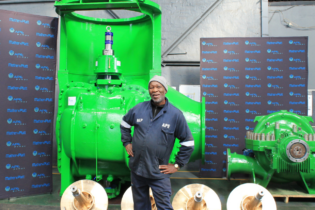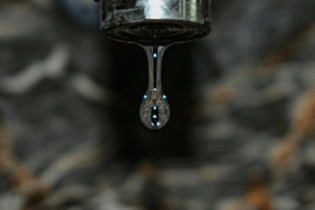
In a new article, published in the science journal Nature, researchers propose a paradigm-shifting change in the treatment of wastewater, a shift they say could have a dramatic global impact.
Arizona State University water treatment expert Bruce Rittmann talks about the new used-water resource-recovery methods that would be and what they can provide.
Q: What are the economic benefits of these technologies?
A: The anaerobic processes can be used to generate energy not consume it. Electricity use is the largest non-personnel expense in treatment, and shifting it from a cost to a profit center has a huge economic benefit to a municipality. In addition, the anaerobic processes generate much less sludge that has to be treated and hauled off to the landfill.
Currently, sludge treatment and disposal constitute the second largest operating expense. Recovering nitrogen and phosphorus also can provide an additional income stream if the quality of the products is good enough to sell. At a minimum, the sale of nitrogen and phosphorus products should offset the costs of removing them.
Q: What is the next step needed to convert wastewater treatment plants into resource generators?
A: On the technology side, various technologies are at different stages. An anaerobic membrane bioreactor is pretty well advanced and in large-scale testing now. It should be ready to go full scale soon.
The phosphorus- and nitrogen-recovery processes are commercially available for other applications, but need to be optimized and tested for nitrogen and phosphorus recovery from anaerobically treated effluent. The microbial electrochemical cells are at the pilot stage now and need significant development.
The most important steps are less technical and more economic and policy oriented. First, municipalities need to realize that they can dramatically reduce their costs of treatment and make their operations much more sustainable through these methods. They have to get out of the “business as usual” mindset. Second, society has to embrace using resources that are recovered from “used water.”
They have to see that the economic and sustainability benefits are huge, and they have to break down regulatory and other barriers to using recovered materials.
Third, we need markets for most of the outputs. While energy can be used internally to run the facility, the good outcome of being an energy exporter requires that the exports be valued in the market. Markets now are poorly developed or non-existent.
Q: Even with solid R&D on these technologies, what about public acceptance? Is this a formidable barrier that needs to be overcome?
A: The public has little idea what goes on with what they flush down the drain. They also do not know the costs of conventional treatment, economically or environmentally.
I think that the public needs to learn that a sizable municipal cost can be eliminated by recovering these resources. They will be pleased to pay lower user fees because of it, and most will be very pleased to know that they are making their town more environmentally sustainable.
Click here to read Part 1








